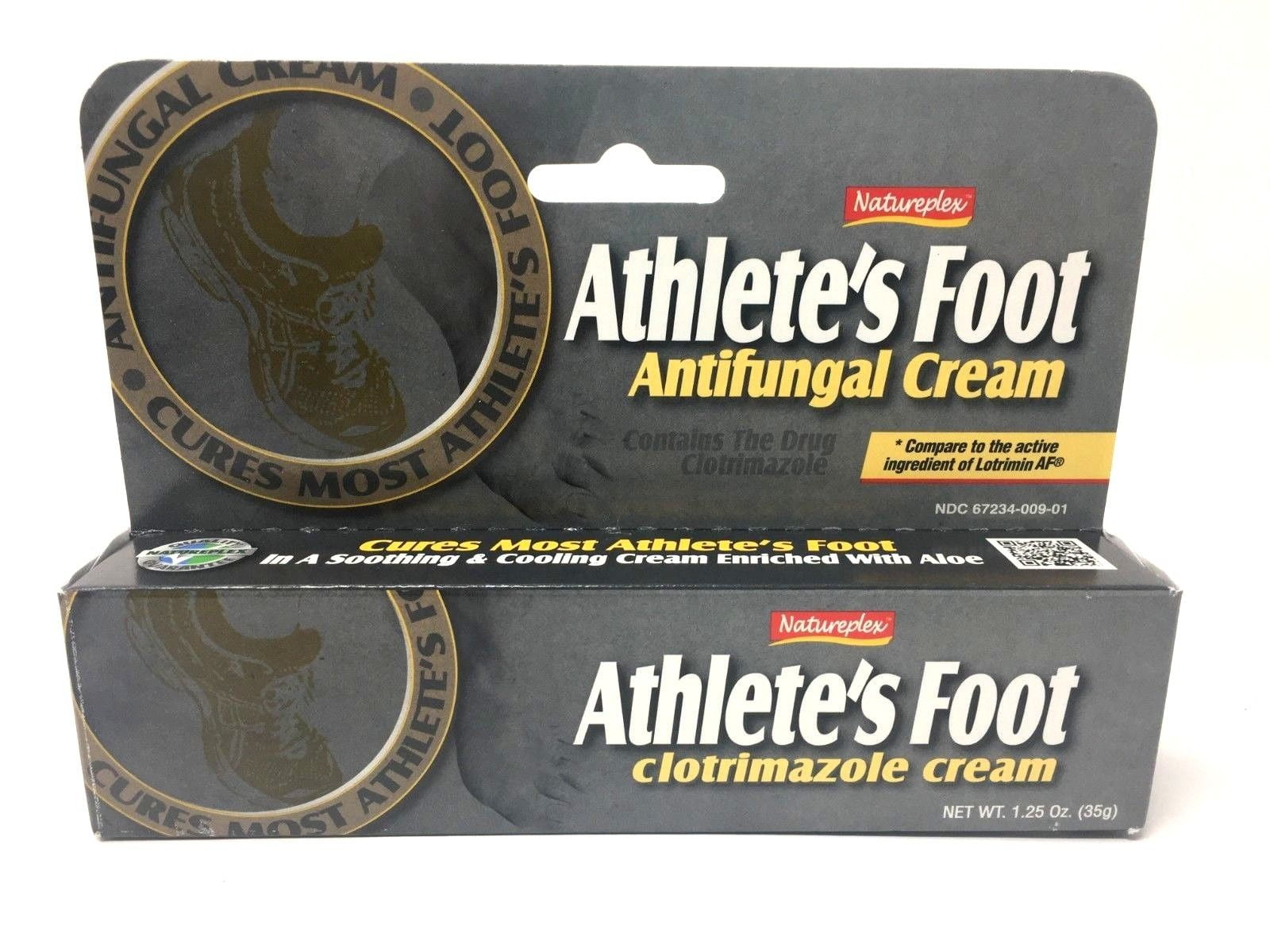Fungal infections of the skin are an endemic concern, and athlete’s foot, scientifically recognized as tinea pedis, is one of the most prevalent manifestations. This condition is primarily prompted by dermatophytes, a category of fungi that thrive in damp, warm environments such as the spaces between toes and the soles of feet. Antifungal creams are a cornerstone in the management of athlete’s foot, offering topical therapeutic options that can effectively alleviate symptoms and eradicate fungal spores. An exploration into the diverse formulations and mechanisms of action of antifungal creams sets the stage for understanding their pivotal role in treating this ubiquitous affliction.
Understanding the Mechanisms of Antifungal Creams
Antifungal creams generally exert their therapeutic effects through a variety of mechanisms, primarily aimed at disrupting the cellular integrity of fungal organisms. Among the most commonly utilized agents are azoles, allylamines, and polyenes. Azoles, such as clotrimazole and miconazole, inhibit the synthesis of ergosterol, a crucial component of fungal cell membranes. By disrupting ergosterol production, these agents compromise the structural integrity of the cell membrane, resulting in cell lysis and death.
In contrast, allylamines, including terbinafine, act by inhibiting squalene epoxidase, an enzyme critical to the biosynthesis of ergosterol. This inhibition not only leads to a reduction in ergosterol but also causes the accumulation of toxic squalene within the fungal cell, further precipitating cell death. Polyene antifungals, such as nystatin and amphotericin B, bind directly to ergosterol, forming pores in the fungal cell membrane and causing electrolyte leakage. This orchestrated assault on the fungal cell’s architecture underscores the importance of selecting the appropriate antifungal agent for effective treatment.
Different Types of Antifungal Creams Available
A cornucopia of antifungal creams is available, each tailored to address specific fungal pathogens and their corresponding manifestations. For mild to moderate cases of athlete’s foot, over-the-counter preparations remain an accessible choice. Creams containing miconazole or clotrimazole are widely available and effective in treating superficial infections. These formulations are easy to apply and can soothe the inflammatory symptoms associated with tinea pedis. Importantly, adherence to the recommended duration of treatment—often spanning several weeks—is crucial for complete eradication of the infection.
For more severe or recalcitrant cases, prescription-strength formulations may be warranted. Terbinafine cream, a potent allylamine, may be recommended for patients exhibiting extensive or chronic dermatophyte infections. When topicals fall short, oral antifungal agents may be prescribed, particularly for cases that have not responded to topical therapies. The systemic route allows for greater potency and efficacy against entrenched fungal infections that topical agents may be unable to resolve.
Innovations in Antifungal Cream Technology
The field of dermatology continues to witness advancements in therapeutic strategies for treating fungal infections. Novel formulations incorporate innovative delivery systems aimed at enhancing drug penetration and bioavailability at the infection site. Liposomal formulations, for instance, utilize lipid-based carriers that facilitate the targeted delivery of antifungals directly to fungal cells while minimizing systemic absorption. This not only boosts efficacy but may also reduce the potential for side effects commonly associated with oral agents.
Additionally, multidrug combinations are being explored to combat resistance and improve treatment outcomes. Studies suggest that employing a dual approach—pairing azoles with allylamines—could yield synergistic effects, enhancing antifungal activity and shortening treatment duration. Research is actively ongoing to establish optimal combinations that will harness such synergism effectively.
Effects and Side Effects of Antifungal Creams
While antifungal creams are generally well-tolerated and exhibit a favorable safety profile, it is imperative to understand the potential side effects associated with their use. Commonly reported local adverse reactions include erythema, burning sensations, and dryness at the site of application. Such reactions are typically mild and transient; however, they warrant attention as they may discourage adherence to prescribed regimens.
In rare cases, more significant allergic reactions may manifest, prompting cessation of therapy and necessitating medical intervention. Thus, patient education regarding the signs of potential systemic adverse effects is vital to ensure timely management and assessment.
Prevention of Athlete’s Foot: Beyond Treatment Options
While effective treatment is crucial in managing athlete’s foot, a comprehensive approach that incorporates preventive strategies remains paramount. Many practitioners advocate for good foot hygiene practices, emphasizing the importance of keeping feet clean and dry. Regular washing followed by meticulous drying, particularly between toes, can create an unfriendly environment for fungal growth.
Footwear choices also play a crucial role in prevention. Breathable, moisture-wicking fabrics coupled with appropriate ventilation can mitigate risk factors associated with fungal growth. Alternating footwear and utilizing antifungal powders in shoes may also be beneficial. Public places, such as swimming pools and locker rooms, present heightened risks for transmission, thus it is advisable to wear protective footwear in such environments.
Conclusion: The Role of Antifungal Creams in Effective Management
Antifungal creams represent a critical avenue for the management of athlete’s foot, offering targeted, effective treatment options that can alleviate symptoms and address the root cause of the infection. With a diverse array of agents available, clinicians are equipped to tailor therapeutic strategies to patient-specific needs and circumstances. As innovation in antifungal therapies continues, the potential for enhanced efficacy and reduced side effects remains promising. Patients are also encouraged to adopt preventive measures that can safeguard against the recurrence of this pervasive dermatological condition.
For optimal outcomes, a collaborative approach involving patient education, adherence to therapeutic regimens, and vigilant follow-up is necessary. By doing so, individuals can effectively navigate the challenge presented by athlete’s foot, reclaiming both comfort and quality of life.
